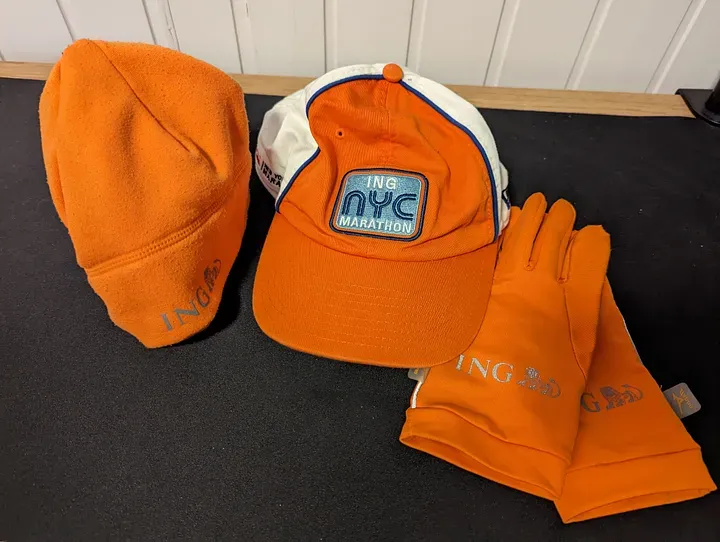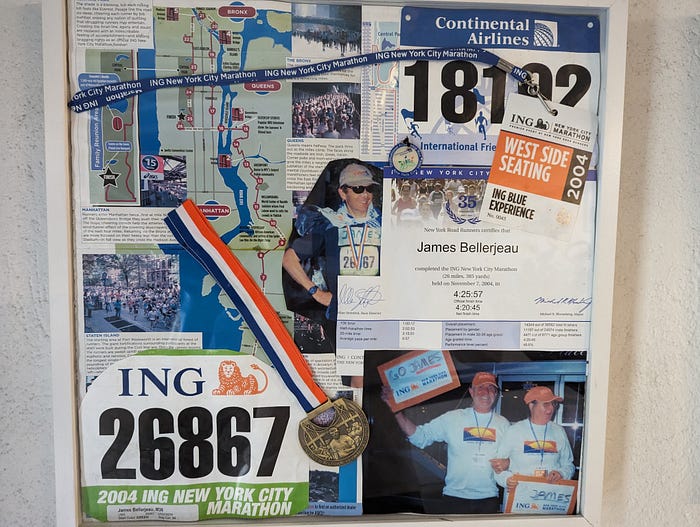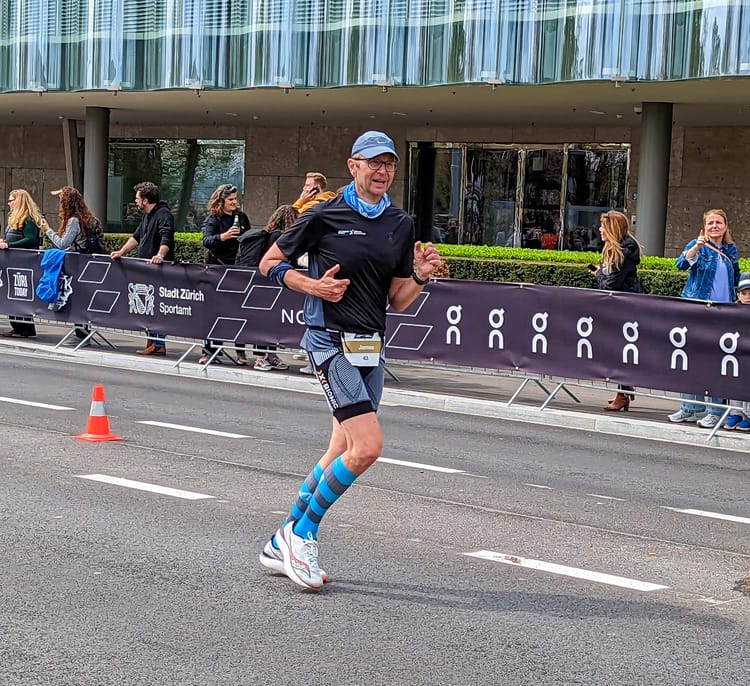My Worst Marathon Experience Left More Than Scars

Greetings friends!
I ran the New York City Marathon 20 years ago. It’s held on the first Sunday in November, which means the weather is usually pretty good for racing. Cool at the start, not too humid. You’re happy with your warm hat and gloves when you set off, and if the sun shines on you that day, that fancy baseball cap comes in handy when you’re done.
The sun didn’t shine on me in 2004, but it wasn’t due to the weather. Here’s the story of what happened to me and, more importantly, the lessons that stuck with me through today.
How does one get into the New York City Marathon?
It was something of a surprise that I was even there that day. My company had business with the race sponsor, ING Bank. ING was looking to promote the race and build client ties, so they offered sponsorships for executives to take part.
I was an officer of my company (the General Counsel) and I was supposedly a runner, so I jumped at the chance. This was early in my tenure as a runner, a bit over a year in. Even then, I knew the New York City Marathon stood out as one of the giants.
What makes a race special? It’s partly the race itself and partly the location. The New York City Marathon wends its way through all five boroughs, and it’s in New freakin’ York! Love it or hate it, people all over the world know it.
If we’re honest, though, a race is also special simply in proportion to how hard it is to get into. Just ask anyone who’s struggled for years to qualify for the Boston Marathon or the Kona Ironman World Championships. From this perspective, New York ranks highly indeed. So many people apply through the lottery that getting a slot is an ordeal.
Preparation and the lead-up to the race
Although I was relatively new to running, I was no stranger to hard work. At that point, I had about 10 years of at least 80-hour weeks behind me.
What do you do when you have a conflict between work and fitness? Back then, for me, work came first. Here’s the note from my runner’s log after the race:
Very busy at work in weeks/months leading up to race. Didn’t get full training program done.
Red flag number one, and it’s a big one. A friend of mine said something later that stuck with me — “Respect the distance.”
Lesson one: If you’re going to undertake something big and important, go into it with clear eyes about what success requires.
ING didn’t only sponsor us as runners — we had the VIP package, which came with enticing extras. Notably, swag and backstage passes for four guests to sit right at the finish line. I invited my parents and one of my brothers and his wife.
Here comes red flag number two. I flew to New York a couple of days before the race and acted like every other idiot tourist. The Broadway show one can forgive. But spending 10 hours on my feet sightseeing the day before the race?!
Lesson two: When you set an important priority, make it your priority, which means saying no to distractions.
Don’t be distracted by anything that hurts your chances of success. Tiring out my feet and legs to sightsee with my family was a rookie mistake.

Race day morning, in all its glory
Another perk of the VIP package was we had our own bus to the athletes’ village at the start line in Staten Island. This was a logistical blessing, because it saved us pampered executives at least an hour, to say nothing of the stress of navigating our own way there.
Did you know there’s an art to waiting for a big city marathon to start? I didn’t, and I found out quickly how much I didn’t know.
- What’s your plan to stay warm and dry? Can you find someplace comfortable to stay off your feet?
- Are you going to eat or drink anything? What? When?
- You’ll have to go to the bathroom, both for biology and for nerves. Where? How often?
- Will you talk to other runners or retreat into a meditative shell? Does the buzz and crackle energize you or only serve to jank up your nerves?
- How early before the gun will you make your way to the start? Will you line up at the front of your block?
Red flag number three: I was completely unprepared for the hours leading up to the start. Seemingly small things can have a disproportionate impact on your performance. When you’re doing something important, keep in mind that the thing itself is just part of the task.
Lesson three: What you don’t know can hurt you. Your task is to be well-informed about everything you will face.
The race itself (or “the agony of defeat”)
I’ll start directly with red flag number four: decisions made on race day of any kind. You should have a carefully considered plan made well in advance, and you should stick with it.
My last-minute decision concerned pacing. Here’s the note from my runner’s log:
On race day, I made a last-minute decision to run with the 3:50 pace team — BIG MISTAKE. … The race was crowded and it was difficult to stay with the pace team — lots of dodging and trying to pass, wasted energy.
I’d like to say I learned my lesson on this one and refrained from decisions made on the morning of a marathon. Alas. But I’ll save those stories for another day.
Lesson four: the purpose of a plan is to anticipate contingencies and avoid making decisions under stress. Have a plan and stick to it.
With everything that already happened, the physical indignities of the race itself are less important. The sun came out, the wind picked up, and all the fluids were whisked from my body. I started too fast and paid for it with cramps. Stomach cramps, side cramps, and dreadful leg cramps.
I suppose there’s a lesson in the physical pain as well. If you fail to observe the prior lessons, you will suffer. You will suffer in no small part when you realize your suffering is your fault because you could have avoided it.

Running is helpful for much more than fitness
Stories like this might leave you wondering why people stick with running. Runners make it sound horrible sometimes, don’t we? If one looks at just the physical impacts, I can see that angle. But running offers so much more.
I’m happy I suffered so much at the New York City Marathon in 2004. I’ve run 30 marathons since then, and the lessons I learned that day stuck with me, some better than others.
Moreover, the lessons bled over into my job and my life in ways I didn’t expect. I leveraged these lessons to great advantage ever since.
- If you’re going to undertake something big and important, go into it with clear eyes about what success requires.
- When you set an important priority, make it your priority, which means saying no to distractions.
- What you don’t know can hurt you. Your task is to be well-informed about everything you will face.
- The purpose of a plan is to anticipate contingencies and avoid making decisions under stress. Have a plan and stick to it.
Be well.
PS — You may be wondering if I finished the race. Yes, I did. It was not pretty, but I applied another lesson that informed my running and work career: Never give up!






Member discussion